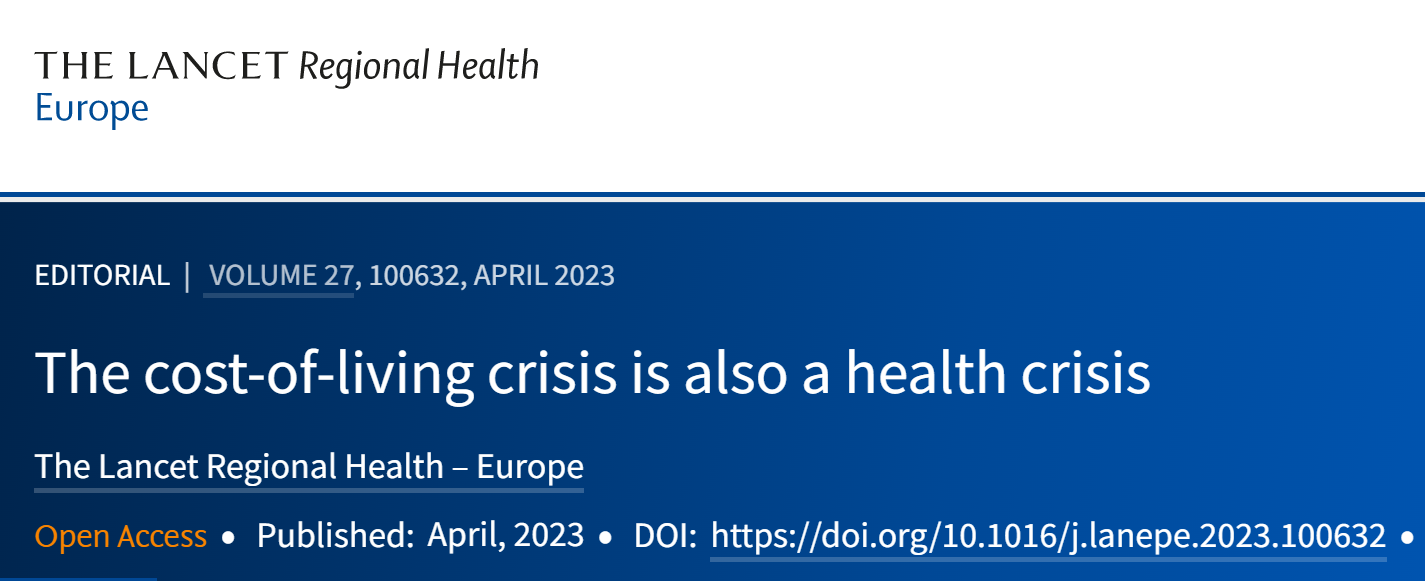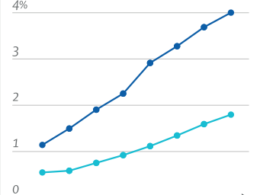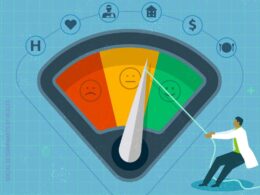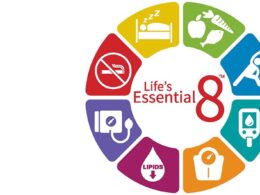the health strategist
institute for health strategy and digital health
Joaquim Cardoso MSc
Chief Strategy Officer (CSO), Resarcher & Editor
May 1, 2023
ONE PAGE SUMMARY
The cost-of-living crisis in Europe is exacerbating health inequalities and becoming the next major public health concern following the COVID-19 pandemic.
- With high inflation rates across most countries, the cost-of-living crisis is felt by all sociodemographic groups, but it is the most vulnerable people in society that are disproportionally affected with a reduction in physical and mental health wellbeing.
- In 2019, 21.1% of the EU population (92.4 million people) were at risk of poverty or social exclusion, and in 2021 this increased to 21.7% (95.4 million people).
- Fuel poverty — defined as spending more than 10% of household income to keep the home adequately heated (the WHO recommends 21°C in living rooms and 18°C in other occupied rooms) — has become a familiar problem for more households in recent months.
- In an EU-wide survey, an estimated 8% of the EU population were unable to keep their homes adequately warm in 2020, and this number will certainly be higher since the energy price surge in early 2021.
- The crisis is pushing more people at risk of poverty, leading to detrimental effects on health, including fuel poverty and food insecurity.
Fuel poverty, in particular, is becoming a familiar problem for more households in recent months …
- … and has resulted in unhealthy home conditions, which have repercussions on children’s education and cause or aggravate existing respiratory problems.
- Moreover, food insecurity is causing families to turn to relatively low-cost and readily available energy-rich foods or skipping meals altogether, which is affecting patients with existing medical conditions.
The solution must be multifaceted,
- with governments recognising the detrimental health effects associated with the cost-of-living crisis and
- working together with various sectors to provide long-term, sustainable plans to address the food and energy crisis.
If left unaddressed, the dire consequences that affect children, adults, and the medically vulnerable will have negative long-term impacts.
DEEP DIVE

The cost-of-living crisis is also a health crisis
The Lancet Regional Health — Europe
April, 2023
Europe is facing a substantial increase in living costs following the COVID-19 pandemic and the Russian invasion of Ukraine, both of which disrupted supply chains resulting in high inflation rates across most countries.
Moreover, due to the high cost-of-living and wages not increasing in line with soaring fuel and food costs, many people are forced to choose between paying bills or feeding themselves and their children.
The cost-of-living crisis is felt by all sociodemographic groups, with 93% of Europeans saying the rising cost of living is their most pressing worry, but it is the most vulnerable people in society that are disproportionally affected with a reduction in physical and mental health wellbeing.
As the world recovers from the COVID-19 pandemic, the cost-of-living crisis emerges as the next major public health concern for both adults and children.
Worsening of the cost-of-living crisis has pushed more people to be at risk of poverty, which can have detrimental effects on health.
In 2019, 21.1% of the EU population (92.4 million people) were at risk of poverty or social exclusion, and in 2021 this increased to 21.7% (95.4 million people).
Fuel poverty — defined as spending more than 10% of household income to keep the home adequately heated (the WHO recommends 21°C in living rooms and 18°C in other occupied rooms) — has become a familiar problem for more households in recent months.
In an EU-wide survey, an estimated 8% of the EU population were unable to keep their homes adequately warm in 2020, and this number will certainly be higher since the energy price surge in early 2021.
As people are exploring alternative methods to keeping warm rather than turning on the heating, homes are becoming more susceptible to mould.
Optimal unheated and unventilated spaces encourage mould to thrive, which can cause or aggravate existing respiratory problems such as asthma and COPD.
In a report by the Institute of Health Equity, damp and mould are attributable to 10–15% of new childhood asthma cases in Europe.
These unhealthy home conditions have repercussions on a child’s education as it is estimated that 1.7 million school days per year (an average of 2.5 school days per child per year) are missed across Europe due to illnesses associated with damp and mould.

Some countries within Europe are disproportionately affected by fuel poverty, for example the UK has been more adversely affected by energy price rises than its European counterparts despite being less reliant on Russian gas.
This disparity is due to the UK’s greater dependence on fossil fuels, limited gas storage, inadequate funding into renewable energy, and no nationalised energy company.
Broadbent and colleagues modelled the impacts of various UK government policy scenarios in relation to health, showing that in the absence of appropriate policy responses, the rising energy prices could lead to over 440,000 additional children having common mental disorders.
The UK government, along with many other European governments, offered one-off financial support to households; however, with no sign of the energy crisis improving, the one-off payments do not solve the cost-of-living crisis and ignores associated health concerns. To tackle this public health concern, governmental interjection must be bold, sustained, and targeted at those who need the help most.
Another component of the cost-of-living crisis is food insecurity — defined by the WHO as being unable to access sufficient, safe, and nutritious food that meets their dietary needs.
As households are struggling to make ends meet and nutritious foods are becoming more expensive, families are turning to relatively low-cost and readily available energy-rich foods or skipping meals altogether.
The charity Kidney Care UK reported that 44% of respondents, 32% of which were on dialysis, have missed meals due to the cost-of-living crisis.
Patients with existing medical conditions are often more affected due to the upkeep of medical equipment and extra costs for treatment.
These findings highlight the need for governments to develop longer term plans to protect the medically vulnerable and to provide targeted financial support that prevents excessive energy costs for medical equipment maintenance.

Although many European governments have attempted to alleviate the cost-of-living crisis by one-off payments, the repercussions affecting secondary health effects are unaddressed.
The solution must be multifaceted, with governments recognising the detrimental health effects associated with the cost-of-living crisis.
Furthermore, governments must work together with local councils, private landlords, food suppliers, and energy companies to provide long-term, sustainable plans to address the food and energy crisis.
The cost-of-living crisis is a public health concern and requires all sectors to recognise and address, and if left unaddressed, the dire consequences that affects children, adults, and the medically vulnerable will have negative long-term impacts.
Originally published at https://www.thelancet.com












